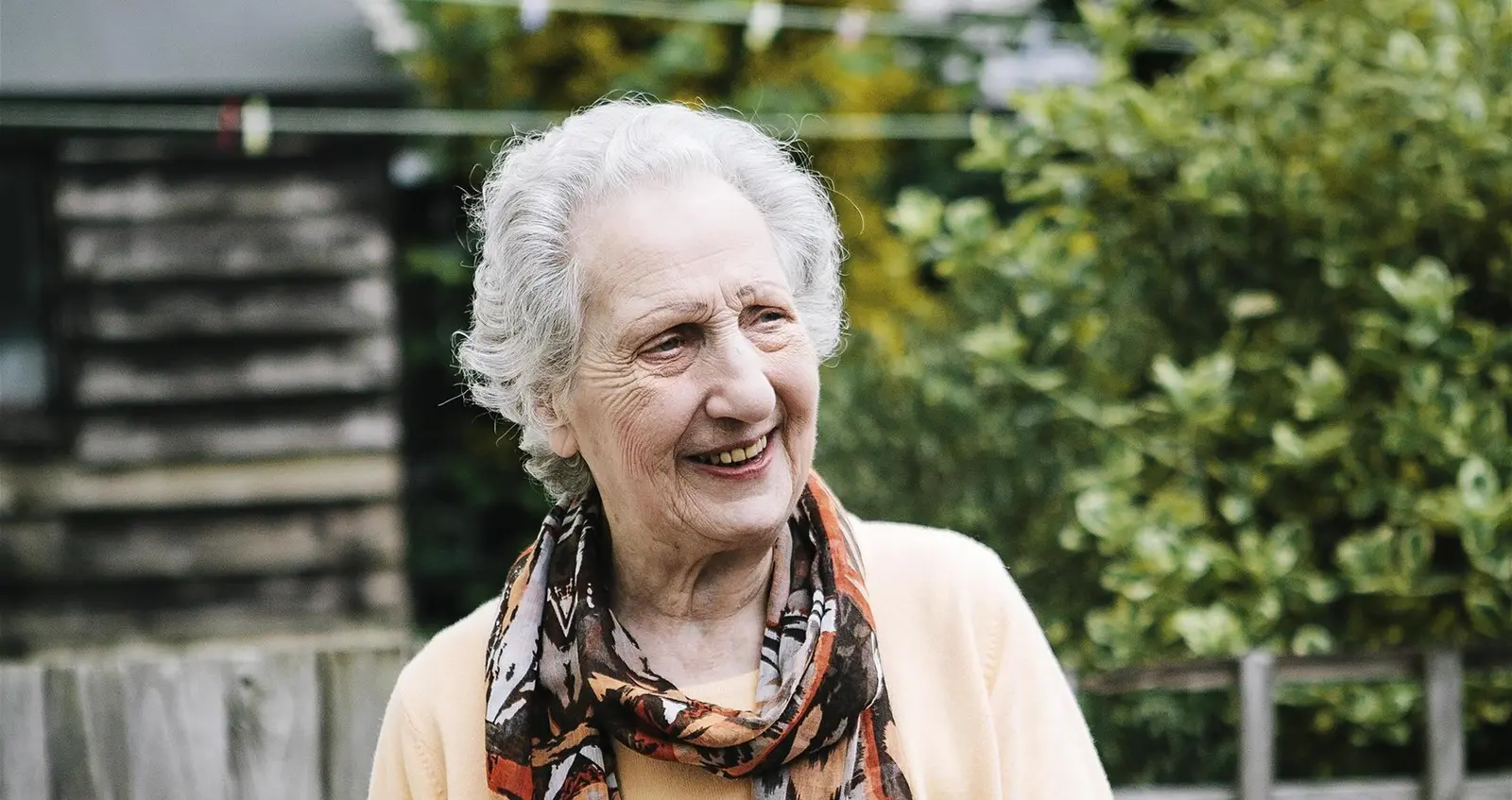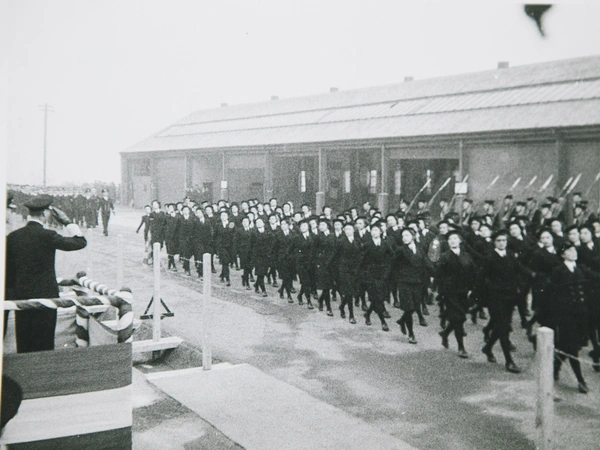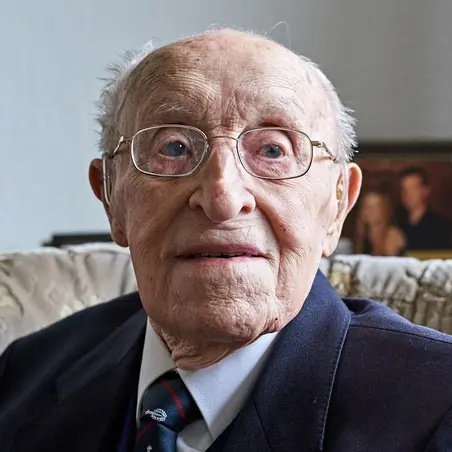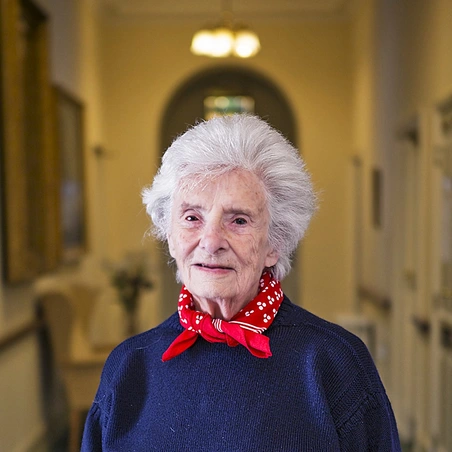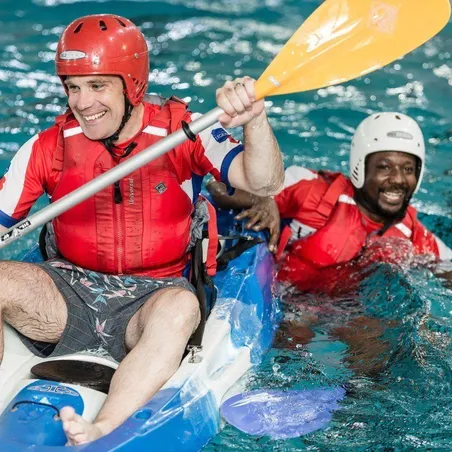When Marie Garcia joined the Women’s Royal Naval Service she had no idea she would end up working on D-Day.
I volunteered for the Women’s Royal Naval Service when I turned 17.
I didn’t have to join up, but I had a dread of being packed off to the Land Army – I’m a city girl!
My formal education had finished at 13, because of the Blitz, which was a scary and unsettling time.
I’d become a switchboard operator a few years later, and I loved the idea of joining the Wrens.
When they found out what I’d been trained to do by the General Post Office, they pounced on it.
This was February 1944; they clearly had D-Day in mind, and a switchboard operator was a very useful asset for them.

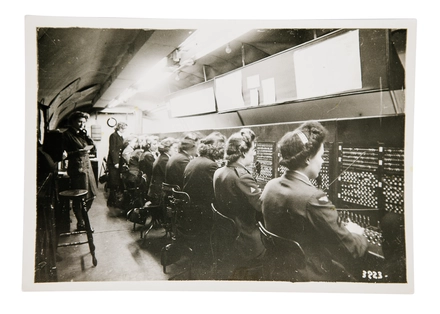
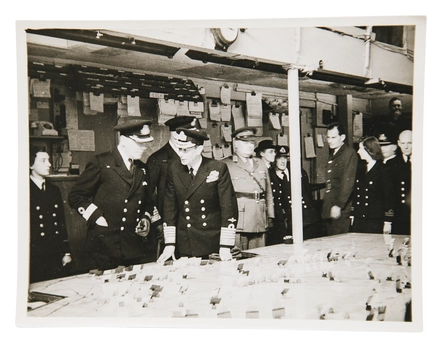
After my two-week probationary period I formally became a Wren and was posted immediately to Portsmouth, which by that time was officially designated SHAEF: Supreme Headquarters Allied Expeditionary Force.
I was to report for duty in Fort Southwick, a mass of tunnels dug into the cliffs earlier in the war and, by then, used as the communications ‘nerve centre’ in the build-up to the invasion of mainland Europe.
My shift was 48 hours on duty (there were bunk rooms down there), then 24 hours off. I was on the main switchboard, which was continuously busy.
The fort was spartan – it was very basic, but about a dozen of us Wrens were lucky enough to be quartered when above ground in the most beautiful country house just outside Fareham, with a walled garden and an orchard – where I tasted my first ever nectarine! It was a very different world to bombed-out south London.
The dockyard was positively buzzing. Just before D-Day, of course, there was a whole armada out there. We knew something was happening, something major, but I can’t remember if we were ever given any details. So it was just one of those things that I happened to be on duty on D-Day itself.
Previously, I had been summoned for special training on a new piece of equipment, a VHF set (the letters stood for Very High Frequency). It was a one-way system: you’d throw a switch and pass a message; when you’d finished, the recipient could do the same and pass a message back to you.
On 6 June, using my VHF set, I was told – or perhaps I just realised – that I was putting messages directly through to the commanders on the French beaches.
I threw the switch and relayed the first one… and when they threw theirs, and relayed their messages, I heard loud, sustained gunfire. I could hear it very clearly, and I was terrified. It brought it home to me that this was a war, and men were dying. I’d known we were fighting, of course, but you were suddenly aware of the awful horror of it.
To begin with, the newspapers were very cautious, because we had sustained such terrible losses. But once there was a foothold, and we managed to get into France a little more, then the tone became more optimistic. I was 17, and although I knew I’d witnessed something big, I had no idea it would be so historic.
Marching for King George
The fort was mixed services, including ATS and WAAF girls (Auxiliary Territorial Service and Women's Auxiliary Air Force). They had to march every day – that was all part of their routine – whereas us Wrens didn’t, so our marching wasn’t a patch on theirs!
Since being demobbed, and for quite a few years afterwards, I marched at the Cenotaph. I’m too old for that now, but I’m honoured to be able to lay the wreath at Kingston-upon-Thames.
And sometimes my mind does go back to Fort Southwick, and I remember thinking that when I heard the gunfire, I was a minute part of that momentous day, which still gives me a feeling of immense pride.


